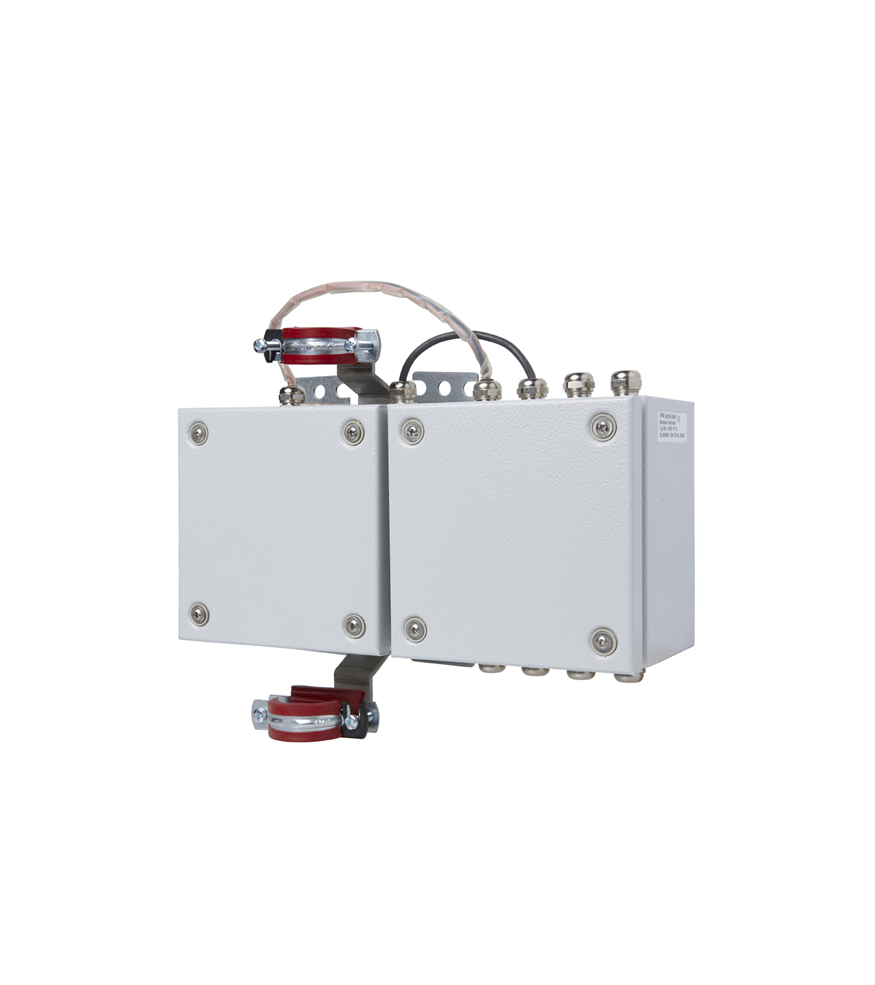Gas sampling and heated lines
Gas sample probes
Sampling probes often form the first link in sample gas conditioning. They are typically used in industrial applications such as high temperature processes or chemical applications, such as technical afterburnings or pyrolysis.
Sample probes are designed according to the process requirement. The sampling can take place through a sintered filter tube and, if possibble, a backwashing or additional heating of the sample probe can be implemented. Further configurations are for example non-return valves or the type of shut-off valves.
The material is selected depending on the proces and sample gas. Different stainless steel alloys such as 1.4571 or Hastelloy can be used and also ceramic components.
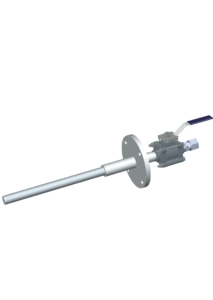
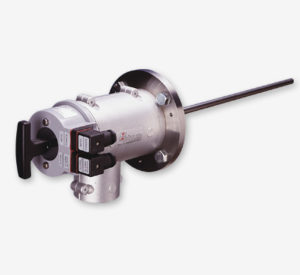
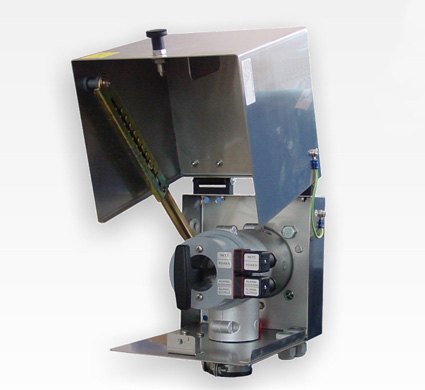
Heated lines
Heated sample gas lines are designed for the sample gas transport from the sampling point to the analysing unit. In order to prevent any condensate and/or acids due to not reaching the relevant dewpoint, the line is heated.
The heated line are selected according to the process requirements regarding operation temperature and components. The insulation material (silicone foam, high temperature fleece…) is selected depending on the control temperature of the line. Also depending on the temperature and the outside conditions the sheathing material is selected. The gas-carrying pipe (core), which is heated to the designed control temperature, can be made from PTFE, PFA or stainless steel. At pipe lengths <15m the inner core can be supplied in exchangeable design. Heated lines are availabe in both rigid or flexible design and with different cable ends.
For application in explosion-proof areas heated lines with ATEX approval or steam heating can be used.
Generally it is distincted between self-regulating and externally regulated heated lines.
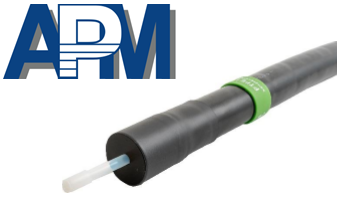
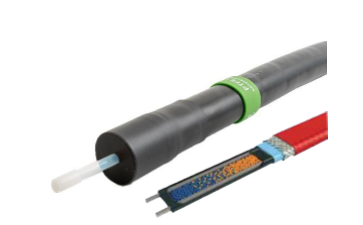
Connectors for heated lines
As heated lines often only have a limited length, several lines must be connected together for longer line sections. This is done by heated connectors. Heated connectors prevent cold spots at the connection points.
